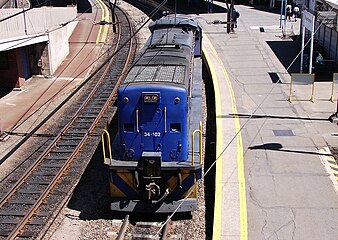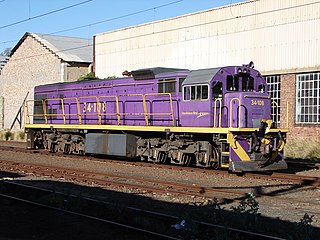
The Sishen–Saldanha railway line, also known as the Ore Export Line (OREX), is an 861-kilometre-long (535 mi) heavy-haul railway line in South Africa. It connects iron ore mines near Sishen in the Northern Cape with the port at Saldanha Bay in the Western Cape. It is used primarily to transport iron ore (60 million tonnes per year) and does not carry passenger traffic.

The Transnet Freight Rail Class 15E of 2010 is a South African electric locomotive.
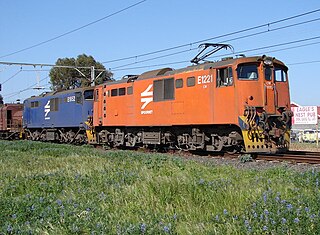
The South African Railways Class 6E of 1970 was an electric locomotive.
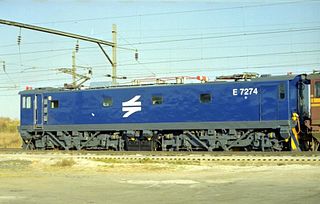
The Spoornet Class 7E4 of 2001 is a South African electric locomotive.

The South African Railways Class 7E3, Series 2 of 1984 is an electric locomotive.

The South African Railways Class 9E, Series 1 of 1978 is an electric locomotive.

The South African Railways Class 9E, Series 2 of 1982 is an electric locomotive.

The South African Railways Class 11E of 1985 is an electric locomotive.

The Spoornet Class 14E of 1991 was a South African electric locomotive.

The South African Railways Class 33-400 of 1968 was a South African and Namibian diesel-electric locomotive.

The South African Railways Class 34-400 of 1973 is a diesel-electric locomotive.

The South African Railways Class 34-500 of 1974 is a diesel-electric locomotive.
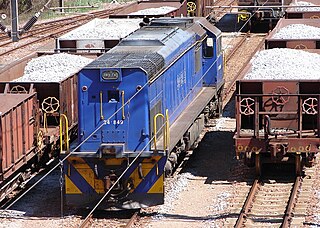
The South African Railways Class 34-800 of 1978 is a diesel-electric locomotive.

The South African Railways Class 34–900 of 1980 is a diesel-electric locomotive.

The South African Railways Class 35-000 of 1972 is a diesel-electric locomotive.

The South African Railways Class 35-400 of 1976 is a diesel-electric locomotive.
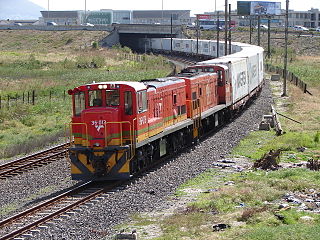
The South African Railways Class 36-000 is a diesel-electric locomotive.

The South African Railways Class 36-200 of 1980 is a diesel-electric locomotive.

The Transnet Freight Rail Class 43-000 of 2011 is a South African diesel-electric locomotive.

The GE U26C diesel locomotive model was introduced by GE Transportation Systems in 1971. All examples of this model are six axle units, and have the wheel arrangement C-C or Co'Co'.








